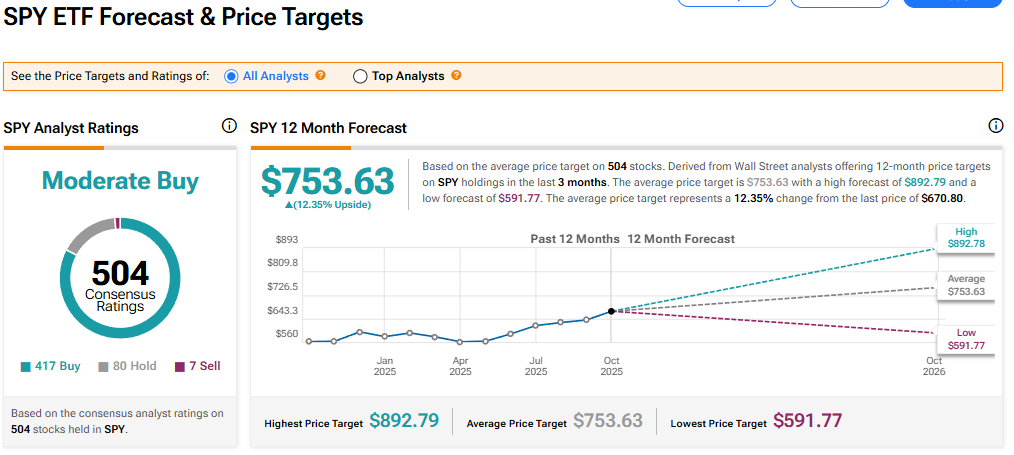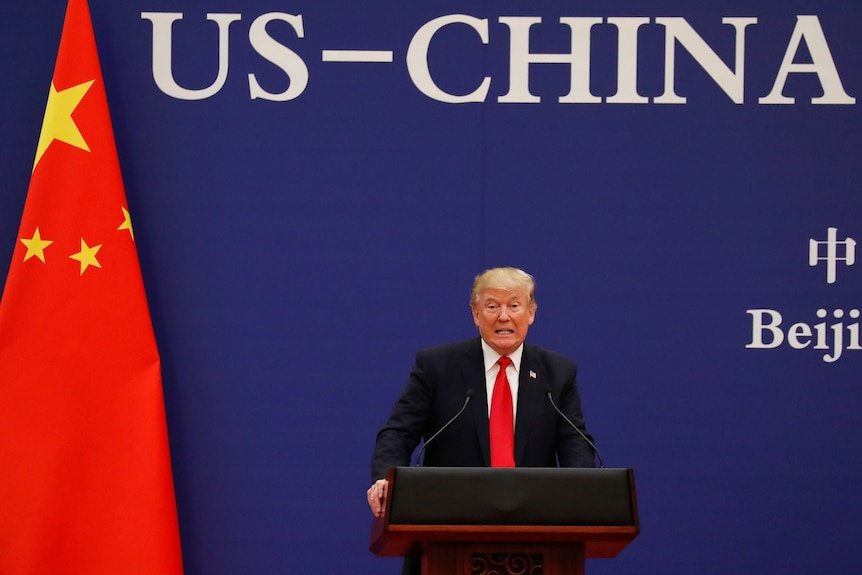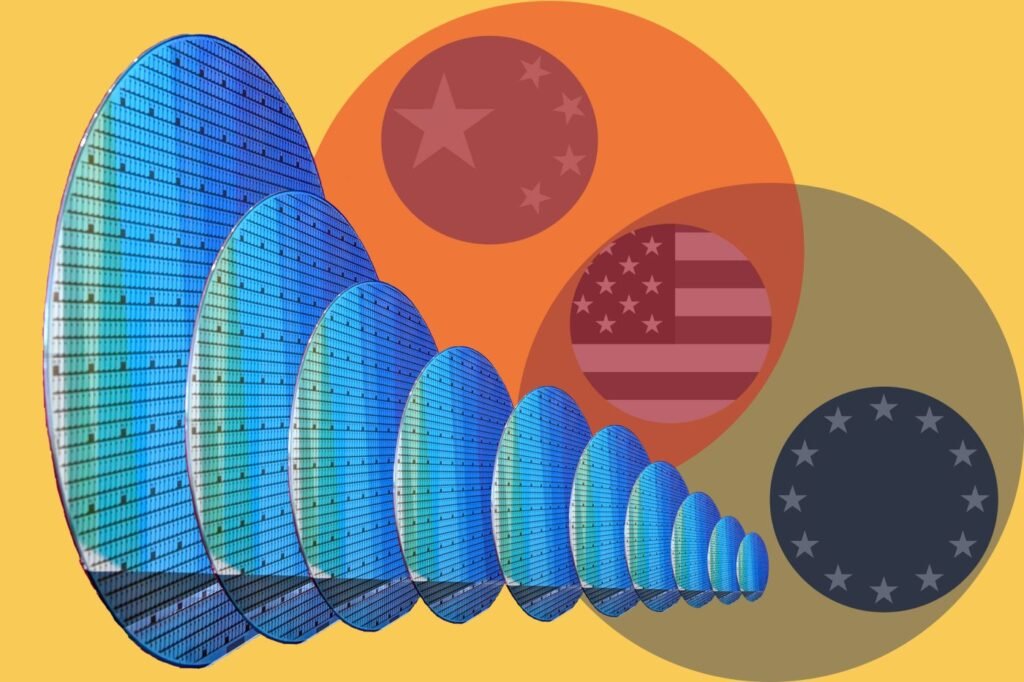Speaking at the White House after talks with Australian Prime Minister Anthony Albanese, Trump said Beijing had shown “respect” toward Washington despite ongoing trade frictions, and was already paying substantial levies on exports to the United States.
“I think China‘s been very respectful of us. They are paying tremendous amounts of money to us in the form of tariffs. As you know, they are paying 55 per cent; that’s a lot of money,” Trump said.
The president added that previous administrations had allowed other countries to exploit the US on trade, but insisted such an era was over.
“A lot of countries took advantage of the US and they are not able to take advantage anymore. China’s paying 55 per cent and a potential 155 per cent come November 1st unless we make a deal,” he said.

Live Events
Trump eyes meeting with Xi in South Korea
Trump confirmed that he is scheduled to meet Chinese President Xi Jinping in South Korea within the next few weeks, describing their relationship as “very good” and expressing hope that the two sides could reach a balanced trade arrangement.
“I am meeting with President Xi. We have a very good relationship; we are going to be meeting in South Korea in a couple of weeks… I think we are going to work out something which is good for both the countries,” he noted.
Looking ahead to the meeting, Trump said he expected that a “fair and great trade deal” could be achieved once discussions conclude.
“I think when we finish our meetings in South Korea, China and I will have a really fair and really great trade deal together. I want them to buy soybeans… It’s going to be fantastic for both countries, and it’s going to be fantastic for the entire world,” he added.
Trump’s comments came during his Oval Office discussions with Albanese, where the two leaders unveiled an USD 8.5 billion agreement to boost cooperation on critical minerals and defence technology. The deal, finalised after months of negotiation, aims to reinforce supply chain resilience and enhance security collaboration between the US and Australia.
“USD 8.5 billion is in the pipeline,” Albanese said, highlighting the scale of the new projects that will strengthen the long-standing alliance.
Tariff escalation and export controls
Earlier in the day, Trump had posted on Truth Social announcing his intention to add another 100 per cent tariff on Chinese goods—“over and above” existing duties—starting November 1. The move, he said, followed what he described as an “extraordinarily aggressive” position from Beijing after the Chinese government allegedly circulated “an extremely hostile letter to the world.”
“Based on the fact that China has taken this unprecedented position, and speaking only for the USA, and not other Nations who were similarly threatened, starting November 1, 2025 (or sooner, depending on any further actions or changes taken by China), the United States of America will impose a Tariff of 100% on China, over and above any Tariff that they are currently paying. Also on November 1, we will impose Export Controls on any and all critical software,” Trump wrote.
In his post, Trump accused China of preparing sweeping export controls that would affect “virtually every product they make, and some not even made by them,” calling the move “a moral disgrace in dealing with other Nations.”
“It has just been learnt that China has taken an extraordinarily aggressive position on trade… This affects ALL Countries, without exception, and was obviously a plan devised by them years ago,” he said.
Plans for a 2026 visit to China
Despite his criticism, Trump revealed that he had accepted an invitation to visit China early next year, suggesting that dialogue between the two governments would continue even amid rising tensions.
“I’ve been invited to go to China. And I’m going to be doing that sometime fairly early next year,” he said.
Trump’s remarks come as Washington and Beijing brace for another high-stakes round of negotiations that could reshape global trade flows.
(With inputs from ANI)






